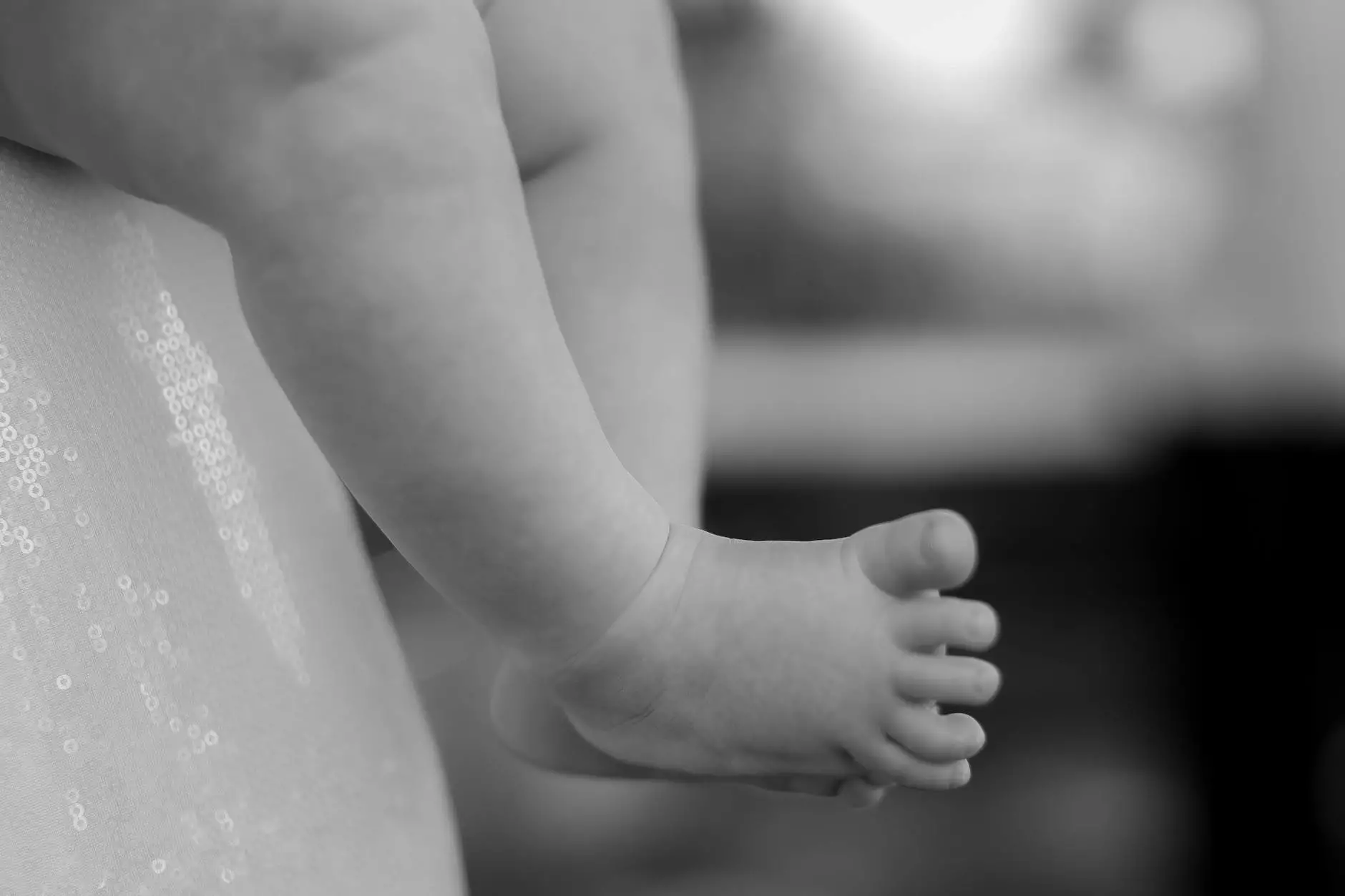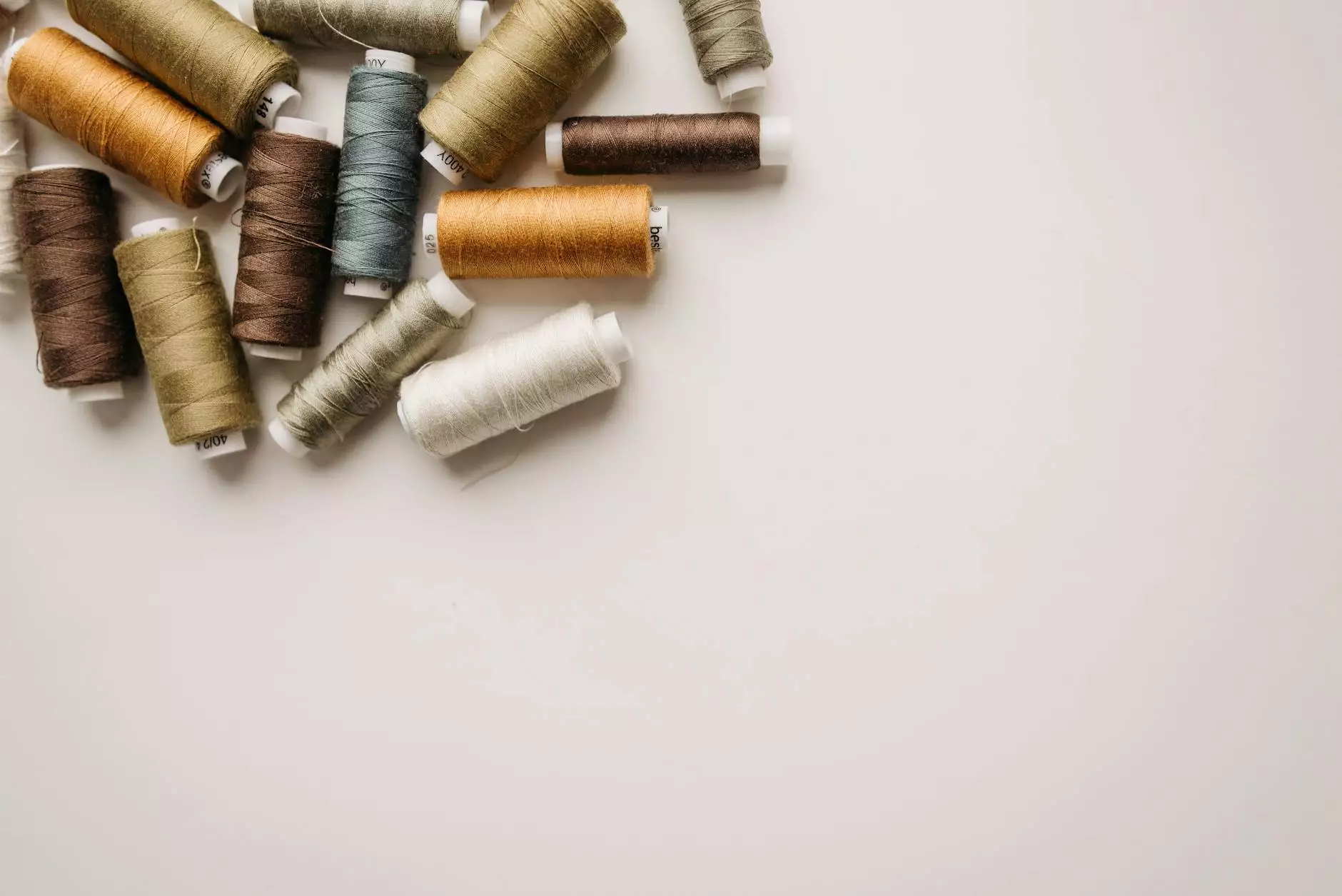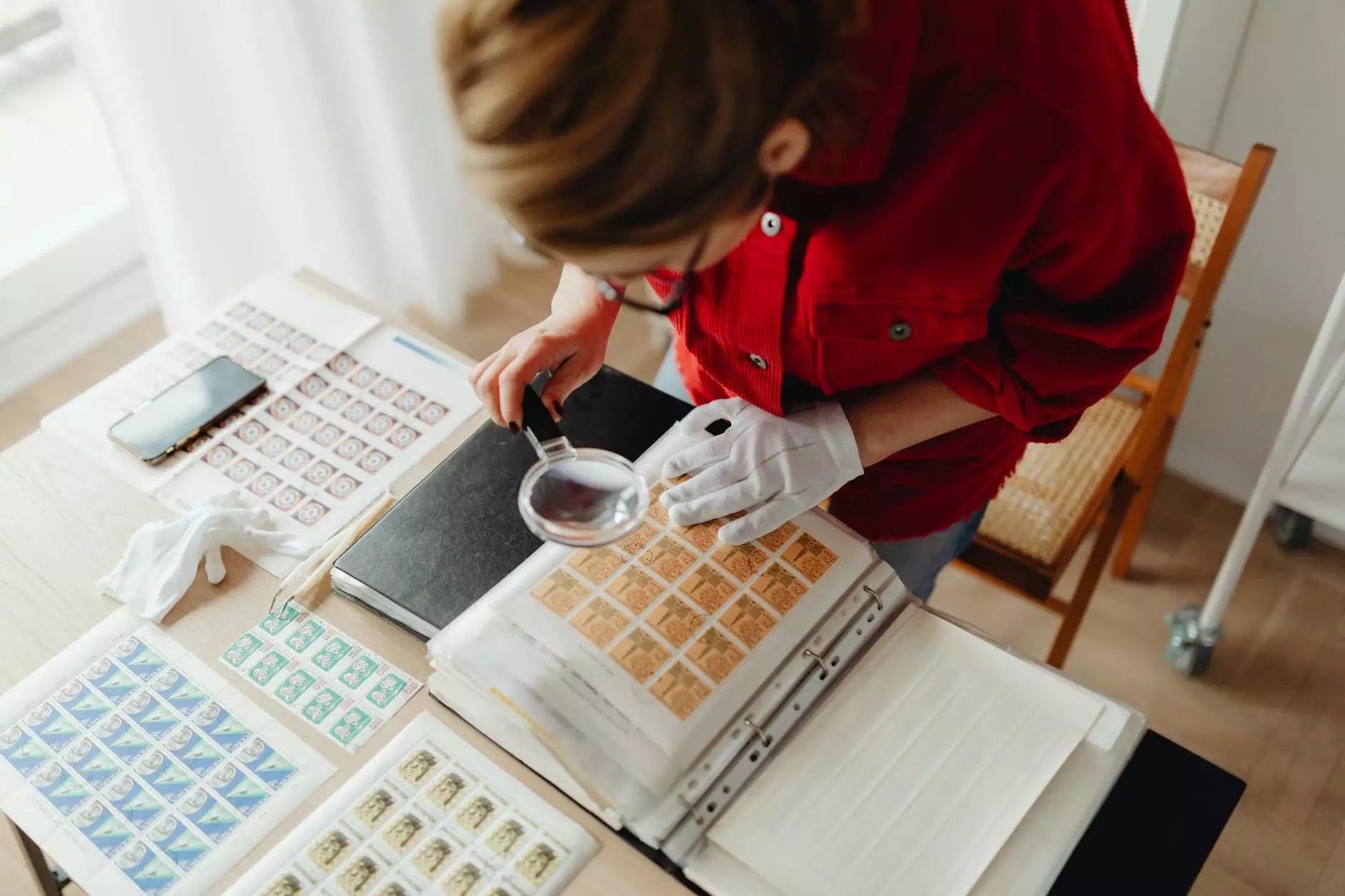Effective Foot Corn Removal: Your Ultimate Guide to Healthy Feet

Having healthy feet is essential for maintaining an active and fulfilling life. However, foot problems can arise, and one of the most common issues people face is the formation of corns. In this comprehensive guide, we'll delve into the topic of foot corn removal, exploring causes, treatment options, and prevention tips to ensure your feet remain in top condition.
What Are Foot Corns?
Corns are small, thickened patches of skin that develop on areas of the feet that experience repeated friction or pressure. They can be painful and unsightly, impacting your daily activities. Typically, corns form on the tops and sides of the toes, as well as on the soles of the feet.
Types of Corns
- Hard Corns: These are the most common type, usually appearing on the tops of toes, and have a hard center surrounded by inflamed skin.
- Soft Corns: Found between the toes, soft corns remain moist and are often softer to the touch, usually occurring due to friction from toenails or shoes.
- Seed Corns: These are small, often painful corns that form on the soles of the feet.
Causes of Corns
Understanding the causes of corns is the first step in preventing their formation. Here are some common factors:
- Improper Footwear: Shoes that fit poorly or lack cushioning can lead to excessive pressure and friction.
- Foot Deformities: Conditions like bunions or hammertoes can contribute to the development of corns.
- Standing for Long Periods: People whose jobs require them to be on their feet may experience repetitive friction, leading to corns.
Signs and Symptoms of Foot Corns
Recognizing the symptoms of corns can help in early intervention. Look for:
- Pain or Discomfort: Especially when wearing shoes or walking.
- Thickened Skin: A noticeable buildup of hard skin on the affected areas.
- Inflammation: Redness and swelling around the corn.
Diagnosis of Corns
If you suspect you have corns, a visit to a qualified podiatrist is crucial. During your appointment, the podiatrist will:
- Examine your feet for signs of corns.
- Assess your foot structure and gait.
- Discuss your footwear and any underlying foot conditions.
Professional Treatments for Foot Corn Removal
There are several professional methods available for foot corn removal. A podiatrist can recommend the best option based on your needs:
- Trimming: A podiatrist can gently trim away the thickened skin using a sterile scalpel.
- Cryotherapy: This treatment involves freezing the corn with liquid nitrogen to remove it painlessly.
- Prescription Creams: Medicated creams containing salicylic acid can help break down the corn over time.
Risks of DIY Corn Removal
While many people seek to remove corns at home, it's important to proceed with caution. Here are some reasons why DIY approaches can be risky:
- Infection: Improper techniques can lead to open wounds and subsequent infections.
- Worsening Condition: Removing corns improperly can exacerbate the problem or cause new issues.
- Underlying Problems: Corns can be a sign of more significant foot issues that need professional evaluation.
Home Remedies for Corn Management
If you're looking for gentle, home-based strategies to manage your corns, here are some suggestions:
- Soaking: Soak your feet in warm, soapy water for 10-15 minutes to soften the corns. This can make them easier to manage.
- Pumice Stone: Gently exfoliate the corn with a pumice stone after soaking to thin out the excess skin.
- Cushioning Pads: Use non-medicated corn pads to reduce pressure and alleviate pain.
Preventing Corns: Tips for Healthy Feet
Prevention is always better than cure. Here are some effective tips to keep your feet healthy and corn-free:
- Choose the Right Footwear: Ensure your shoes fit well and provide ample cushioning.
- Maintain Foot Hygiene: Regularly wash and moisturize your feet to keep the skin healthy.
- Regular Check-ups: Schedule routine visits to your podiatrist to catch foot problems early on.
When to See a Podiatrist
Knowing when to seek professional help is key in ensuring your foot health. You should visit a podiatrist if:
- You experience persistent pain or discomfort.
- There are signs of infection, such as redness, swelling, or discharge.
- The corns keep recurring despite home treatments.
Conclusion: Embrace Foot Health Today
Maintaining healthy feet is paramount for an active lifestyle. Understanding foot corn removal options, recognizing symptoms, and practicing prevention can significantly improve foot health. If you're dealing with corns or any other foot issues, don’t hesitate to reach out to a professional podiatrist. They can provide tailored advice and treatment plans to ensure your feet are healthy and pain-free.
For more information and to book an appointment, visit The Foot Practice today. Your feet will thank you!









